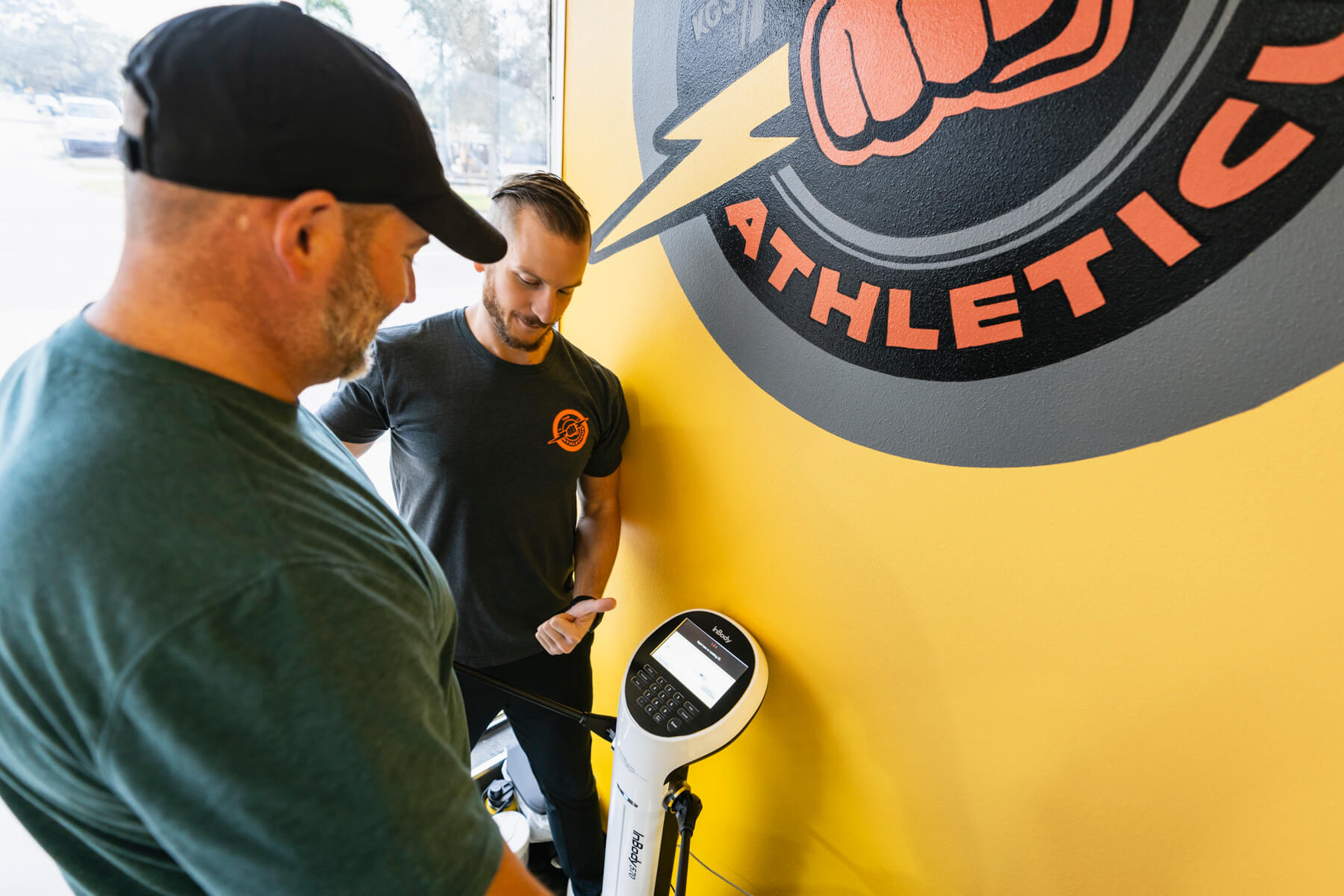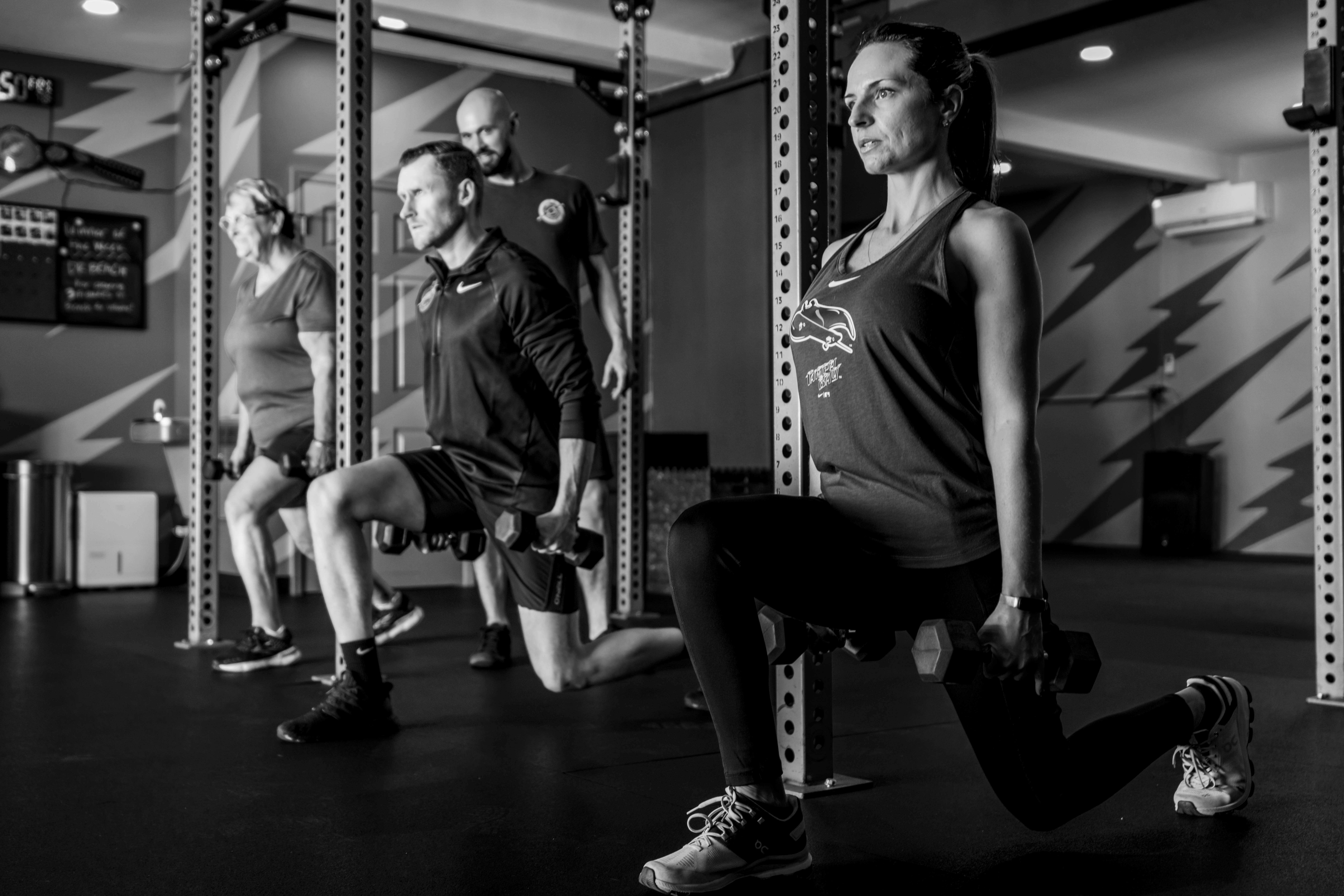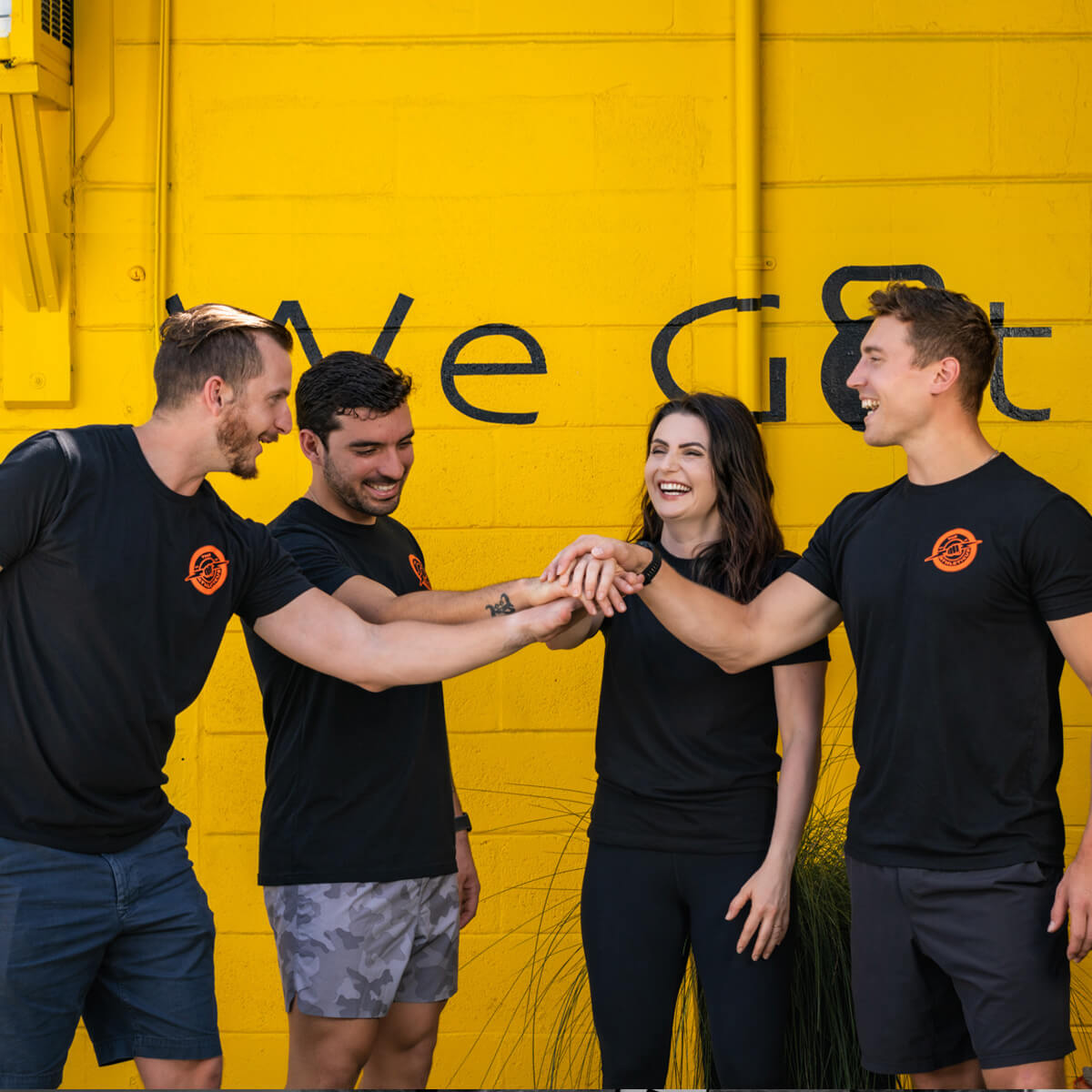A pro tip from some of the very best personal trainers has always been to concentrate on actions rather than motivation
Often, people think that motivation and intentions are very important to achieving their goals. Not true! Every January, we as personal trainers see gyms fill up with new faces, eager to tackle their New Year’s fitness resolutions. By February, though, the enthusiasm dwindles. As a personal trainer with years of experience, I’ve seen this pattern play out countless times. The problem isn’t a lack of willpower; it’s that many people set themselves up for failure with resolutions that are overly ambitious or unsustainable. Let me guide you through creating realistic, science-backed, incremental fitness goals that stick.
The Common Pitfalls of New Year’s Resolutions
Before diving into what works, let’s understand why many resolutions fail:
- Unrealistic Expectations: Deciding to lose 50 pounds in a month or run a marathon without training is a recipe for disappointment.
- Lack of a Clear Plan: Resolutions like “get fit” or “eat healthier” are vague. Without specificity, it’s hard to measure progress.
- All-or-Nothing Thinking: Missing a workout or indulging in dessert doesn’t mean you’ve failed. But for many, these moments derail progress entirely.
- Overloading with Changes: Trying to overhaul every aspect of your lifestyle at once leads to burnout.
- Neglecting the Long Game: Sustainable fitness is a marathon, not a sprint. Short-term fixes don’t address long-term habits.
The Science of Behavioral Change
To create resolutions that work, we need to understand how habits form. Research by Dr. B.J. Fogg at Stanford University highlights that successful behavior change comes from starting small and building momentum. Similarly, James Clear, author of Atomic Habits, emphasizes the power of “1% better every day.” This is true for strength training, weight loss, learning how to eat well as a lifestyle – everything!
Step-by-Step Guide to Realistic Resolutions
1. Start with Your “Why”
Ask yourself: Why do you want to get fit? Is it to have more energy for your kids, reduce stress, or improve your health markers? A meaningful “why” keeps you motivated when the initial excitement fades. And looking good naked counts! There’s nothing wrong with having strong and clear aesthetic goals, if you are realistica bout how your life will change (and how it will not) if those goals are achieved.
2. Set SMART Goals
Your resolutions should be Specific, Measurable, Achievable, Relevant, and Time-bound:
- Instead of “I want to lose weight,” say, “I will lose 1 pound per week by exercising 3 times a week and reducing sugary drinks.” The best trainers and accountability partners know this and will help you discover your why through goal reviews and assessments.
3. Break It Down
Divide your goal into smaller, manageable steps. If your goal is to run a 5K, start with a “Couch to 5K” program. Celebrate milestones like running for 5 minutes without stopping or completing your first mile.
4. Focus on Habits, Not Outcomes
Outcomes, like losing 20 pounds, are the result of consistent habits. Focus on actions, such as:
- Meal prepping every Sunday.
- Walking for 30 minutes daily.
- Drinking 8 glasses of water per day.
5. Use Science to Guide Your Plan
- Exercise Recommendations: The American Heart Association recommends at least 150 minutes of moderate-intensity aerobic activity per week. Start with achievable increments, like 10-minute daily walks.
- Strength Training: A study published in Medicine & Science in Sports & Exercise found that resistance training twice a week improves muscle strength and metabolic health. Begin with bodyweight exercises if you’re new.
- Nutrition: Incremental changes, such as adding one vegetable to each meal or reducing soda intake, can have a profound impact over time.
6. Build Accountability
- Track Your Progress: Apps, journals, or simple checklists help you see how far you’ve come.
- Find a Fitness Buddy: Exercising with a friend increases commitment.
- Hire a Trainer: A seasoned professional can provide personalized guidance and motivation.
7. Plan for Obstacles
Life happens. You might miss a workout or overindulge at a party. Instead of spiraling, plan for setbacks:
- If you can’t make it to the gym, do a quick home workout.
- Keep healthy snacks handy to avoid fast food temptations.
8. Reward Progress
Celebrate milestones with non-food rewards, such as new workout gear or a relaxing massage. Positive reinforcement strengthens your commitment.
Real-Life Examples of Incremental Resolutions
Beginner
- Goal: Walk 3 times a week for 15 minutes.
- Incremental Plan: Add 5 minutes each week until you reach 30 minutes.
Intermediate
- Goal: Complete a 5K in 3 months.
- Incremental Plan: Follow a structured program, increasing running intervals weekly.
Advanced
- Goal: Improve deadlift by 50 pounds in 6 months.
- Incremental Plan: Add 5 pounds every 2 weeks, focusing on form and recovery.
The Role of Mindset
Adopting a growth mindset is crucial. Carol Dweck’s research on mindset shows that viewing challenges as opportunities to grow leads to greater resilience. Instead of saying, “I’m bad at this,” reframe it as, “I’m learning and improving.”
The Power of Visualization
Studies suggest that visualizing success can improve performance. Spend a few minutes each day imagining yourself achieving your goal—finishing a race, lifting heavier weights, or feeling energetic and confident.
Why Incremental Changes Matter
Small, consistent changes lead to compounding results. For example, replacing one sugary drink per day with water can save over 30,000 calories annually, equating to roughly 9 pounds of weight loss.
Similarly, adding 10 minutes of exercise daily accumulates to over 60 hours annually. These seemingly minor changes add up to significant transformations.
In Conclusion
Fitness resolutions are not about drastic overhauls but about steady, incremental progress. As someone who has witnessed countless successes and setbacks, I can confidently say that realistic goals, paired with consistent habits, lead to lasting change.
This New Year, let’s approach resolutions with a fresh perspective. Start small, stay consistent, and remember: progress, not perfection, is the goal. The results may not be immediate, but with patience and persistence, they will be life-changing.
Here’s to a healthier, happier you in the year ahead!
3 Great Hip Mobility Exercises to Try
- The 90/90: Sit on the floor with feet on the floor in front of you, knees bent, and legs open slightly wider than your hips. Place your hands on the floor on either side of your hips for support, or hold your arms out in front of you for more of a challenge. Slowly let your knees drop to one side, creating 90 degree angles at your hips and knees. Making sort of a wind-shield-wiper motion with your knees, rotate them back up to center then slowly let them knees drop to the opposite side. Rotate back and forth with control for about 30 seconds, rest, and repeat one or two more times.
- Tabletop hip circles: Start on the floor on your hands and knees, stacking shoulders over wrists and hips over knees. Keeping your pelvis level with the floor, engage your right glute and lift your right knee out to the side (think: dog at a fire hydrant). Draw a circle in the air with your right knee five times, keeping your right knee bent. It’s OK if you can’t lift your knee up very high—it’s better to do circles lower to the floor than to try to lift your leg higher and have your back and pelvis tilt to the side. Switch the direction of the circles and repeat five more times. Then switch legs and repeat. Do this one to two times per each side.
- Frog Squat: Stand with your feet slightly wider than shoulder-width. Turn your feet out at a diagonal and make sure your knees align vertically with your ankles. Keeping weight in your heels, bend your knees and slowly lower your butt to the floor—as low as you can comfortably go. Hold this low squat position for about 30 seconds, using your elbows to press your knees gently outward. Release to a standing position and shake your legs out. Repeat five times.
If you are interested in our elite and exclusive personal training services or the VIP membership, reach out! we are Gulfport and St. Pete’s best personal training studio and the best gym for corrective exercise, strength and conditioning.




